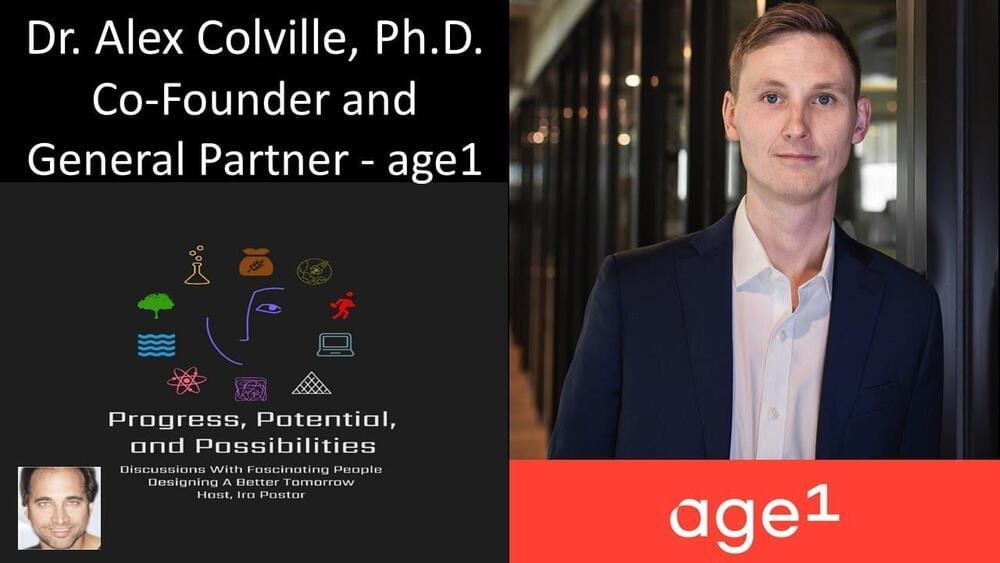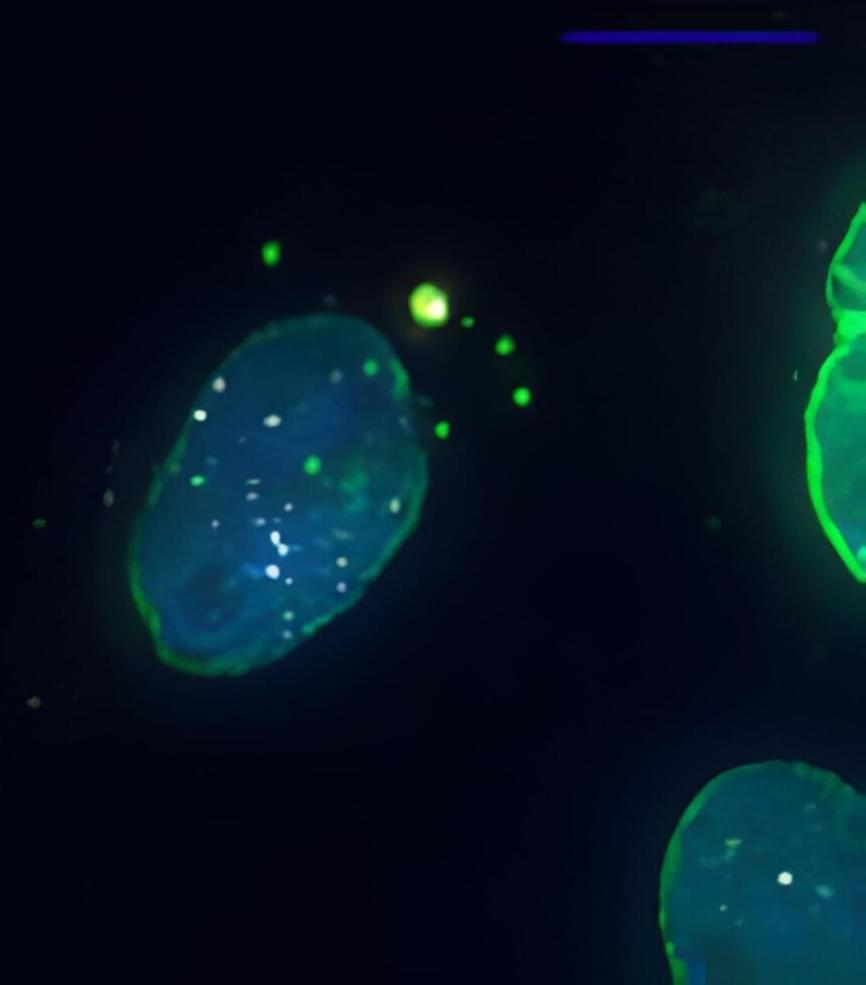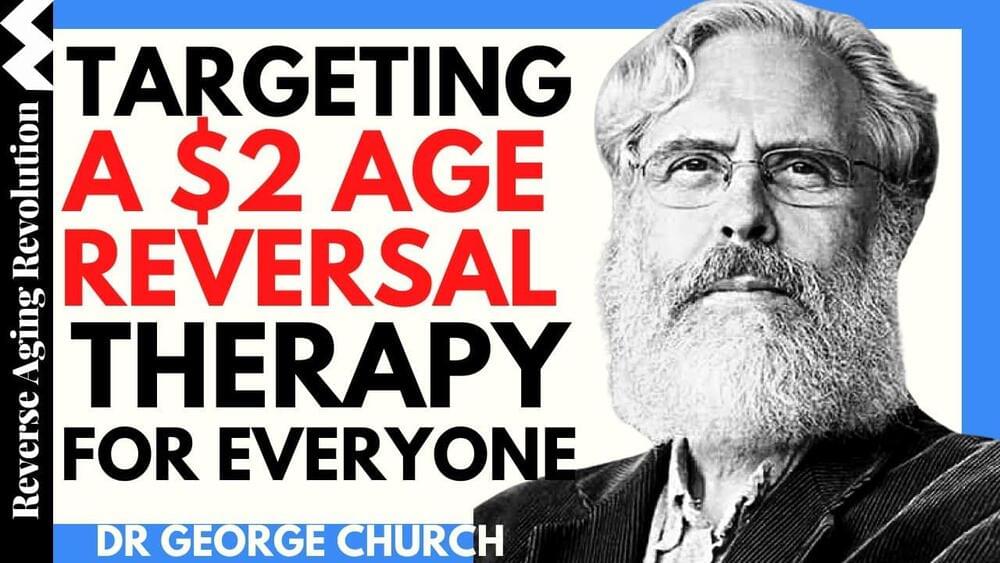Oct 7, 2023
Humanity in 2050
Posted by Jose Ruben Rodriguez Fuentes in categories: bioengineering, biotech/medical, genetics, life extension, robotics/AI
👉For business inquiries: [email protected].
✅ Instagram: https://www.instagram.com/pro_robots.
In the quest to overcome the limitations of the human body and mind, scientists worldwide are diligently working on various technologies. The question arises: What will human beings become after undergoing numerous enhancements? Will we retain our identity while embracing the possibilities offered by artificial intelligence? What extraordinary capabilities will biotechnology bestow upon us? And how will our emotions and desires evolve as our bodies undergo transformation?






 150 YEARS MAXIMUM BIOLOGICAL AGE — “We observed, that the age-dependent population DOSI distribution broadening could be explained by a progressive loss of physiological resilience measured by the DOSI auto-correlation time. Extrapolation of this trend suggested that DOSI recovery time and variance would simultaneously diverge at a critical point of 120 − 150 years of age corresponding to a complete loss of resilience. The observation was immediately confirmed by the independent analysis of correlation properties of intraday physical activity levels fluctuations collected by wearable devices. We conclude that the criticality resulting in the end of life is an intrinsic biological property of an organism that is independent of stress factors and signifies a fundamental or absolute limit of human lifespan.”
150 YEARS MAXIMUM BIOLOGICAL AGE — “We observed, that the age-dependent population DOSI distribution broadening could be explained by a progressive loss of physiological resilience measured by the DOSI auto-correlation time. Extrapolation of this trend suggested that DOSI recovery time and variance would simultaneously diverge at a critical point of 120 − 150 years of age corresponding to a complete loss of resilience. The observation was immediately confirmed by the independent analysis of correlation properties of intraday physical activity levels fluctuations collected by wearable devices. We conclude that the criticality resulting in the end of life is an intrinsic biological property of an organism that is independent of stress factors and signifies a fundamental or absolute limit of human lifespan.”









